When it comes to choosing the right size for a big dog bed, it’s like finding the perfect fit for a puzzle piece. But how big should it really be to guarantee your furry friend’s utmost comfort?
Stay tuned to discover the key factors that go beyond just the size of your dog. Understanding your dog’s unique needs and preferences will guide you towards making the best decision for their sleep sanctuary.
Key Takeaways
- Measure your dog’s length and width, then add extra inches for a spacious bed.
- Consider weight, breed, and sleeping habits for proper size selection.
- Choose the right size category based on your dog’s weight and size for comfort.
- Tips: Measure accurately, use predefined sizes as a guide, and size up if unsure for ample space.
Measure Your Dog’s Size
To guarantee the perfect fit for your furry friend, begin by accurately measuring your dog’s length from nose to tail and width from shoulder to shoulder. When considering a dog bed, it’s important to choose the right size to make sure your pet has enough space to stretch out comfortably. By adding 6-12 inches to your dog’s measurements, you provide extra room for them to move around and find their ideal sleeping position.
When it comes to selecting the appropriate bed size for your dog, the measurements serve as a helpful guide. The width measurement, in particular, indicates the minimum bed width required based on your dog’s size and sleeping habits. It’s important not to underestimate the space your dog needs for relaxation and quality rest. Proper measuring techniques prevent you from ending up with a bed that’s too cramped for your furry companion.
Consider the dimensions of the area where the bed will be placed as well. Make sure there’s enough room for the bed to fit comfortably without causing any obstructions. By accurately measuring your dog and choosing the right size bed, you create a cozy and inviting space where your pet can unwind and recharge.
Consider Weight and Breed
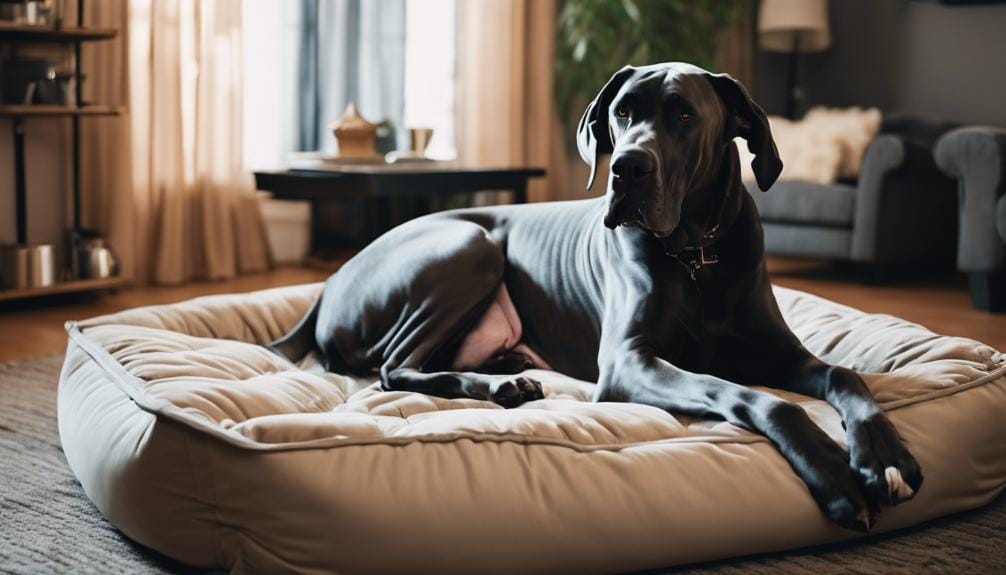
Considering your dog’s weight and breed is essential when selecting the right size bed to ensure comfort and support.
When choosing a dog bed, keep in mind the following:
- Weight Considerations: The weight of your dog plays a major role in determining the appropriate bed size. Heavier dogs will benefit from larger beds that can adequately support their weight and provide ample space to stretch out comfortably. On the other hand, lighter dogs may not require as much space and could feel lost in an oversized bed.
- Breed-Specific Characteristics: Different dog breeds come in various shapes and sizes, so it’s important to think about breed-specific characteristics when selecting a bed size. For example, large breeds such as Great Danes or Mastiffs will require larger beds compared to smaller breeds like Chihuahuas or Dachshunds. Matching the bed size to your dog’s breed ensures a better fit and best comfort.
- Comfort and Support: Ultimately, the right size dog bed should offer both comfort and support to your furry friend. A bed that’s too small may cause discomfort, while an overly large bed might lack the necessary support. By choosing a dog bed that aligns with your pet’s weight and breed, you can provide a cozy and supportive sleeping surface for your canine companion.
Evaluate Sleeping Habits
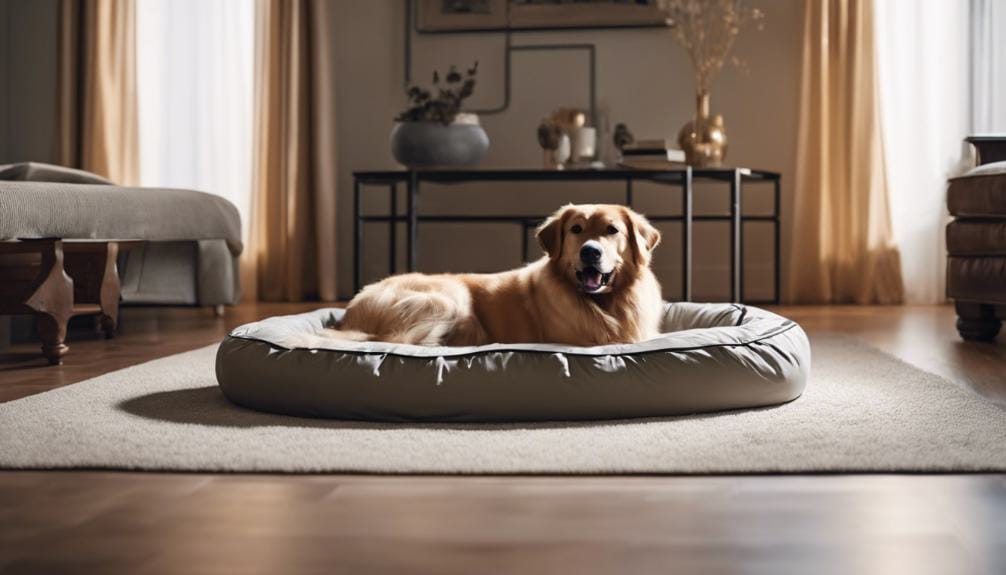
When evaluating your dog’s sleeping habits to determine the appropriate bed size, consider their preferred sleeping position and any specific health concerns they may have. Dogs vary in how they like to sleep, with some preferring to curl up while others like to stretch out. This preference plays an important role in deciding the right dog bed size for your furry friend. Dogs that enjoy curling up may not require an oversized bed, while those that stretch out benefit from larger beds for best comfort and rest. Additionally, take into account any joint support needed, especially for dogs with specific health concerns. Matching the bed size to your dog’s sleeping habits ensures they have a cozy space that promotes good sleep and overall well-being.
| Sleeping Habit | Suggested Dog Bed Size |
|---|---|
| Prefers to Curl Up | Smaller bed |
| Enjoys Stretching Out | Larger bed |
| Needs Joint Support | Orthopedic bed |
| Specific Health Concerns | Customized bed |
| Combination of Sleeping Styles | Adjustable bed |
Understanding how your dog sleeps and their unique needs is important in choosing the right dog bed size to provide them with the best possible sleep environment. By evaluating your pet’s sleeping habits, you can make sure they have a comfortable and supportive place to rest.
Choose the Right Size Category
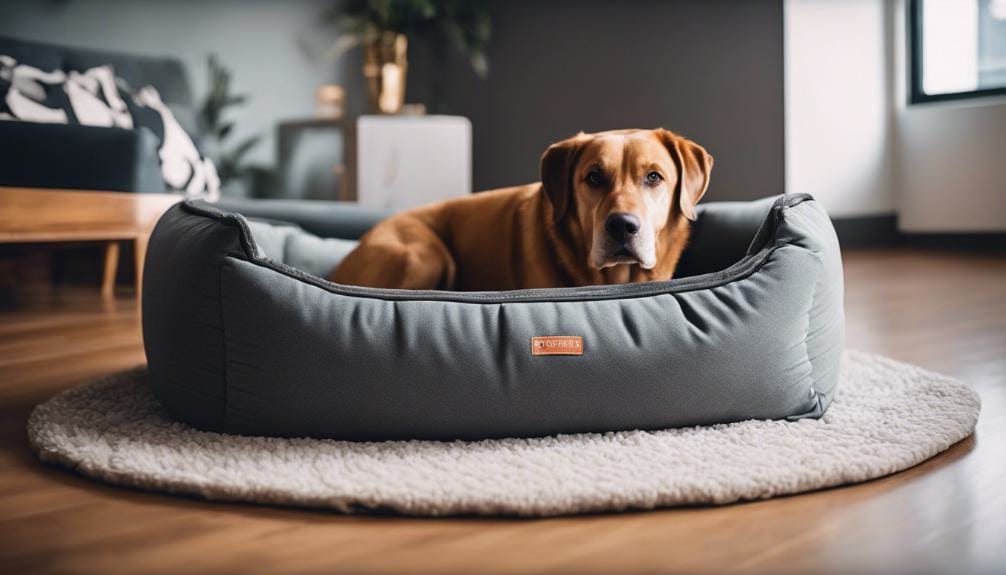
Evaluate your dog’s size and weight to determine the appropriate category of bed they need for ideal comfort and support. When it comes to dog beds, choosing the right size is important to make sure your furry friend gets the rest they deserve. Here are some guidelines to help you select the correct size category for your dog:
- Small Dog Beds: These are suitable for dogs up to 25 lbs in weight. If your dog falls within this weight range, a small dog bed would provide them with the right amount of space to stretch out comfortably.
- Medium Dog Beds: Designed for dogs weighing between 25-50 lbs, medium dog beds offer more room for your pet to move around. This size is ideal for dogs that need a bit more space to sprawl out.
- Large Dog Beds: Dogs weighing between 51-100 lbs should opt for large dog beds. This size category makes sure that your pet has plenty of room from shoulder to shoulder, allowing them to curl up or stretch out as they please.
Tips for a Perfect Fit
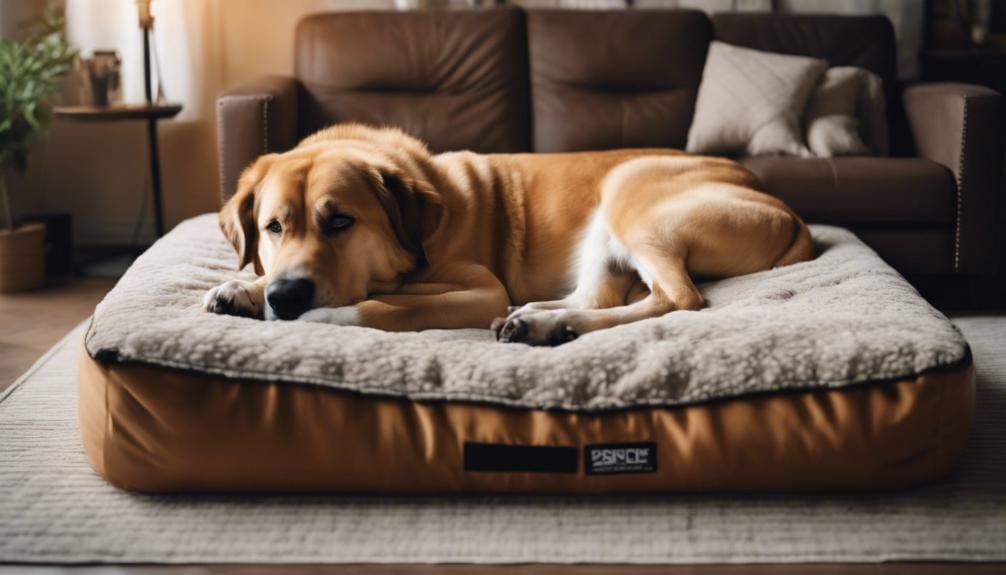
To guarantee a perfect fit for your dog bed, start by measuring your dog from nose to tail for the length of the bed. Using a tape measure, begin at the tip of the nose and extend it to the base of the tail. This measurement will give you the length your dog bed should be.
Next, measure your dog from shoulder to shoulder to determine the width of the bed. Add 6 to 12 inches to both the length and width measurements to make sure your furry friend has enough space to stretch and move comfortably. These measurements can serve as a reliable way to know which size from the universal predefined bed sizes will be the best fit for your pet.
When selecting a dog bed, keep in mind that there’s a wide variety available in the market. It’s important to get the right size to provide your dog with enough room to spread out and relax. If in doubt, it’s always a good idea to size up and buy a larger bed to avoid underestimating the space needed.
Frequently Asked Questions
Should a Dog Bed Be Bigger Than the Dog?
Yes, a dog bed should be bigger than your furry friend. Providing extra space promotes comfort and flexibility for your pet. Opt for a bed that adds 6 to 12 inches to your dog’s measurements for a cozy resting place.
What Size Should a Dog Bed Be?
When choosing a dog bed size, consider your pup’s measurements, sleeping habits, weight, age, and health. Add extra inches for comfort. Guarantee the bed allows ample space for stretching out. Make sure your furry friend can relax comfortably.
How Do I Know if My Dogs Bed Is Big Enough?
To know if your dog’s bed is big enough, measure your dog from nose to tail and shoulder to shoulder. Add 6-12 inches for comfort. Verify the bed accommodates your dog to stretch comfortably to prevent joint issues.
Do Dogs Like Small Beds or Big Beds?
Dogs generally prefer big beds for comfort and freedom of movement. Small beds may restrict them and lead to discomfort, especially for larger breeds. Opting for a larger bed guarantees your dog has ample space to relax and sleep soundly.
Conclusion
To sum up, determining the size of a big dog bed requires careful consideration of your dog’s length, width, weight, breed, and sleeping habits.
Adding extra room for comfort is key to ensuring a restful sleep and preventing any discomfort or health issues.
By choosing the right size category and opting for a larger bed when in doubt, you can provide your furry companion with a comfortable and cozy sleeping space that promotes their overall well-being.


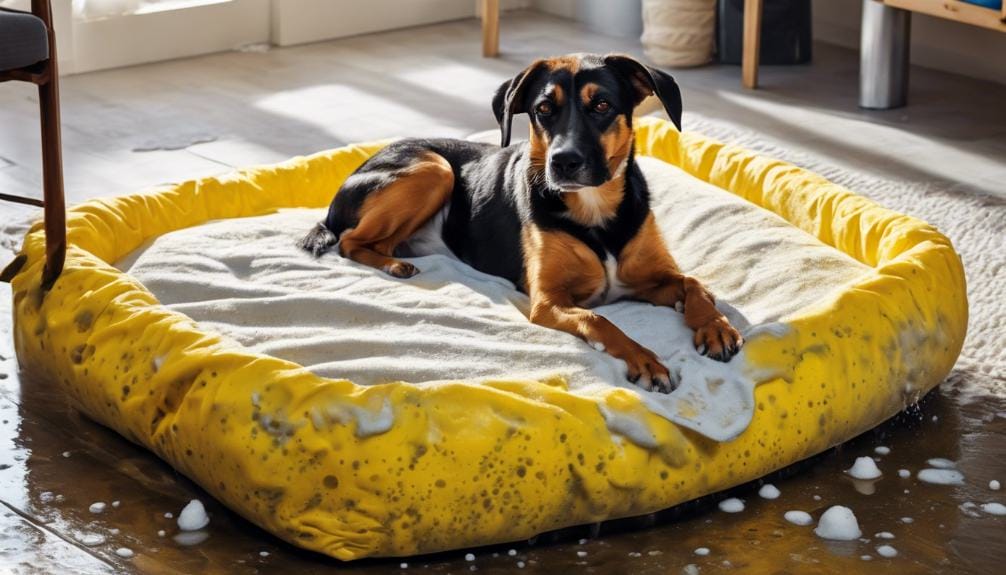
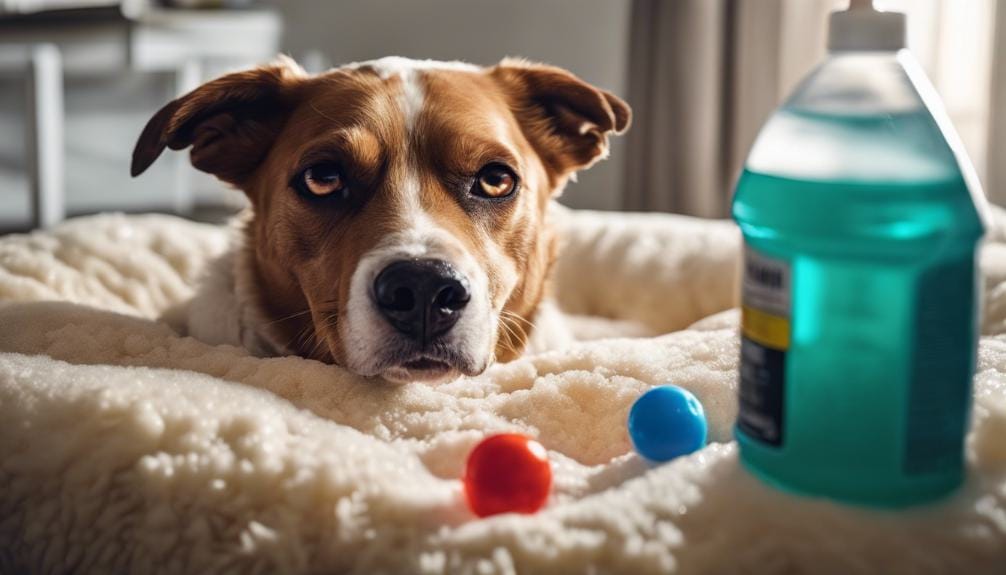
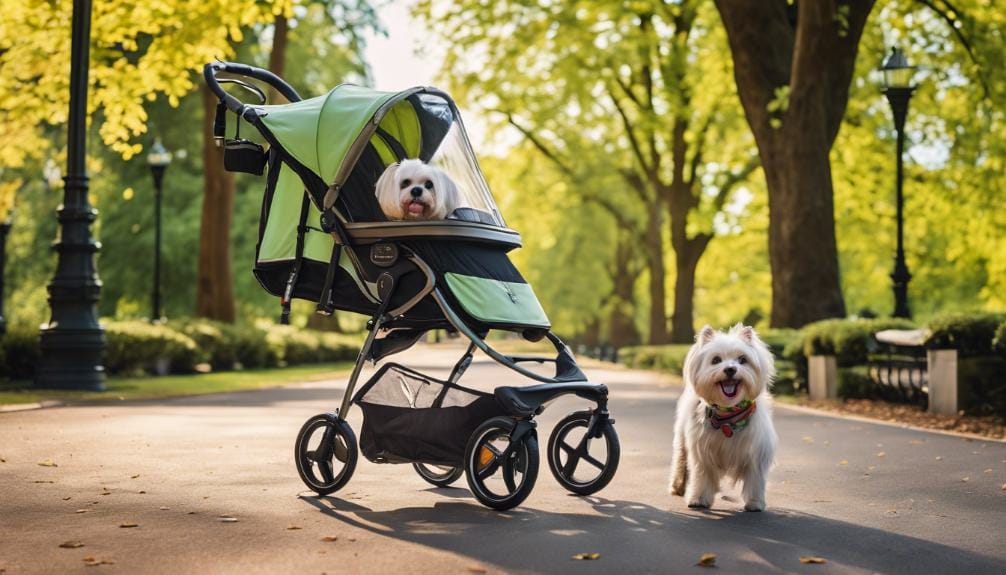
Leave a Reply
You must be logged in to post a comment.